Synology Storage Reduction – Deduplication
Active Backup for Business provides built-in deduplication technology to greatly enhance data storage efficiency. In addition, full synthetic data storage, which leverages the Btrfs file system, also helps reduce storage usage.
Data deduplication reduces the size of backup files and is automatically enabled. You can greatly save storage space when backing up several VMs that have a large amount of free space on their logical disks or VMs that have similar data blocks. Data deduplication also works across devices and platforms, so it can delete identical blocks on your PC / server / VM. With this feature enabled, storage efficiency can be significantly enhanced.
Here is an example of how it works:
You execute the first full backup of a VM running Windows Server 2016 from Hypervisor One, and at the same time, you also have a physical server running Windows Server 2016. When you create two backup tasks for these two different devices, only one copy of Windows Server 2016 will be written on Synology NAS since the other will be duplicated almost completely. Even you back up two Windows devices running different operating systems such as Windows 8 and 10, as long as there are identical blocks, they will still be deleted.
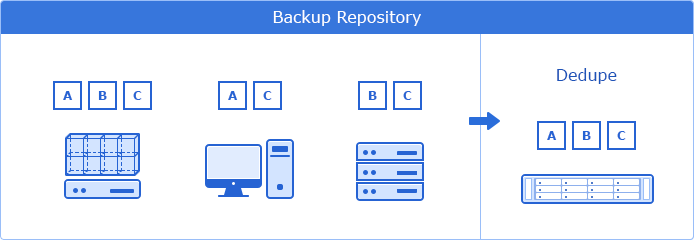
There are different deduplication mechanisms in the market. To ensure maximum storage and resource efficiency, Synology Active Backup for Business uses target inline deduplication with hash-based duplicate detection.
Inline deduplication scans the data and deletes the duplicated blocks before it is written to a backup repository. Since this technique clears repetion backup data, it helps to reduce the requirement of storage in a respository. To identify identical blocks, this technique uses cryptographic algorithms such as SHA-256 to calculate a hash for each block, which is the divided fixed length backup data. The blocks with same hashes are considered to be identical and therefore deleted.
See supported VMware & Hyper-V environments
Active Backup Suite
Active Backup centralizes backup tasks for VMware, Hyper-V, Windows endpoints, Microsoft 365 and G Suite to Synology NAS – and lets you manage from one simple console. Fast and reliable recovery delivered to keep running services, VMs, and files instantly available.
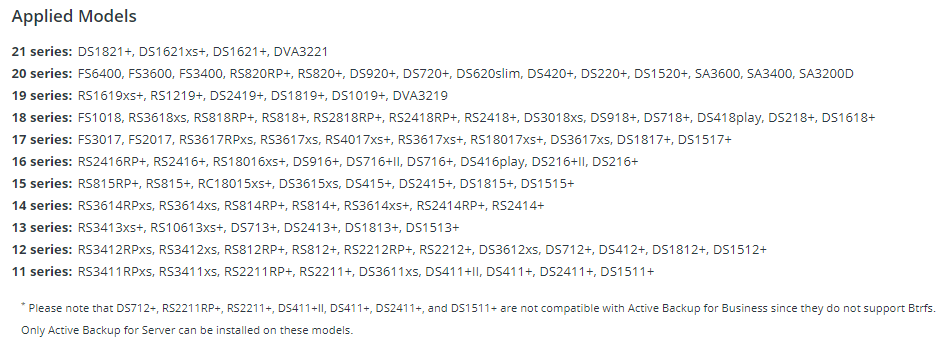
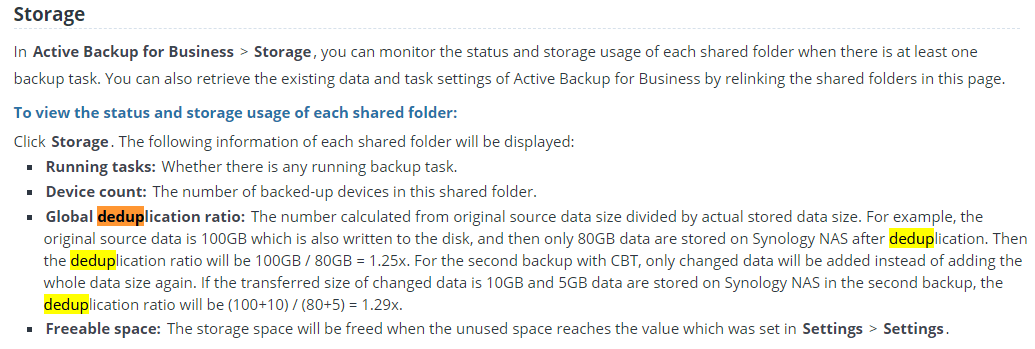
How to select a Synology product for Active Backup for Business
With Active Backup for Business, IT can centrally manage all backup data of physical devices and virtual machines within a simple console. To have a better performance of global deduplication and efficiency of restoration, Active Backup for Business leverages Btrfs file system on the selected models. You are also recommended to have 4GB RAM or above on your NAS in order to concurrently back up 10 devices at most.
This article will explain how to calculate the total storage capacity required on Synology NAS when you are using Active Backup for Business and suggest the suitable NAS models for different workloads at the second section.
Contents
1. Estimate total storage capacity required
Before determining which Synology NAS model you need, if you have the following figures in details, it would be more precise for you to estimate the total storage capacity required on Synology NAS.
- A: Total size of PC/physical server/VM backup data (TB)
- B: Average daily change rate (%)
- C: Total versions based on the retention policy
- D: Deduplication rate (%)
If you still do not have a clear picture yet, here is an example of a common client environment. Based on this example, we would recommend you the suitable NAS models for different amounts of backup clients in the next section.
- A: Total size of PC/physical server/VM backup data (TB)
- B: Average daily change rate: 3%
- C: Total versions based on the retention policy: 79 (keep the last one version of one day for 30 days and the last one version of one week for 49 weeks)
- D: Deduplication rate: 40%
The total storage capacity required (TB) equals to A*(1+B*C)*(1-D). Therefore, in this example, the total storage capacity required should be 2.02*A (TB). Based on this total storage capacity required, you can select the compatible NAS accordingly.
2. Select a suitable Synology NAS model
The table below shows the recommended number of backed up clients to run on supported Synology NAS models. These recommended Synology NAS models are neither a necessary requirement nor limitation; however, to have a better performance when deploying Active Backup for Business based on the above example, you are suggested to select a suitable Synology NAS models according to the table below.
| Number of PC/VM clients | Desktop NAS Models | Rackmount NAS Models |
|---|---|---|
| 25 | DS620slim, DS220+, DS218+ | – |
| 50 | DS1019+, DS920+, DS918+, DS720+, DS718+, DS420+ | – |
| 150 | DS1520+, DS1517+ | RS1219+, RS820(RP)+, RS818(RP)+ |
| 200 | DS3018xs, DS2419+, DS1819+, DS1817+, DS1621xs+, DS1621+, DS1618+ | RS2818RP+, RS2418(RP)+, RS1619xs+ |
| 500 | DS3617xs | RS3618xs, RS3617RPxs |
| More than 800 | – | SA3600, SA3400, SA3200D, RS18017xs+, RS4017xs+, RS3617xs+ |
Active Backup for Microsoft 365

Backup Methods
Active Backup for Business provides two methods for creating backup chains:
- Full backup
- Forever incremental backup
Synology Hyper Backup
Cross-version, file-level deduplication, and block-level incremental backup to minimize the storage consumption. More


| Where to Buy a Product | |||
|
|
    
|

|
VISIT RETAILER ➤ |
 |
    
|

|
VISIT RETAILER ➤ |
 |
    
|

|
VISIT RETAILER ➤ |
 |
    
|

|
VISIT RETAILER ➤ |
We use affiliate links on the blog allowing NAScompares information and advice service to be free of charge to you. Anything you purchase on the day you click on our links will generate a small commission which is used to run the website. Here is a link for Amazon and B&H. You can also get me a ☕ Ko-fi or old school Paypal. Thanks! To find out more about how to support this advice service check HERE
Jonsbo N6 DIY NAS Case Review
The Best Bits (and Worst Bits) of NAS of 2025!
Minisforum MS-02 Ultra Review
Minisforum N5 NAS, 6 Months Later - Better, Worse, the Same?
Beelink ME Pro NAS Revealed
Best SOLID STORAGE NAS of 2025
Access content via Patreon or KO-FI
Discover more from NAS Compares
Subscribe to get the latest posts sent to your email.


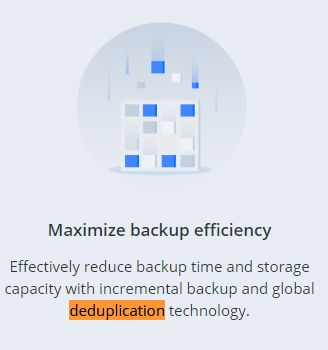

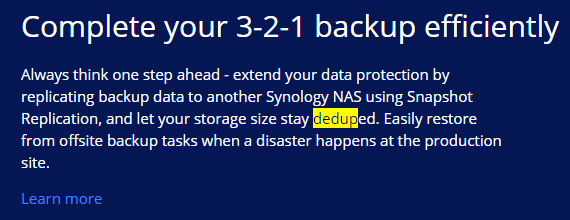
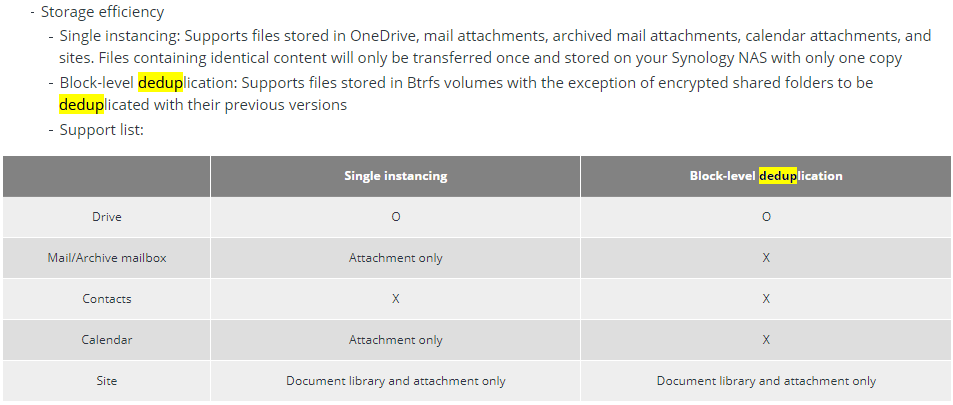
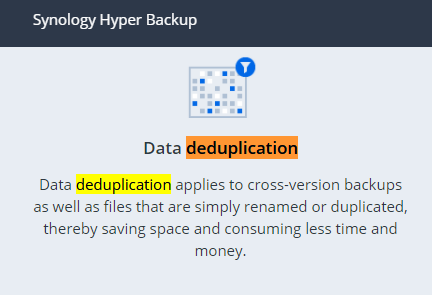



DISCUSS with others your opinion about this subject.
ASK questions to NAS community
SHARE more details what you have found on this subject
IMPROVE this niche ecosystem, let us know what to change/fix on this site